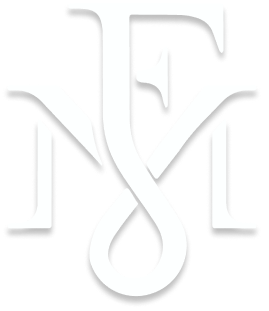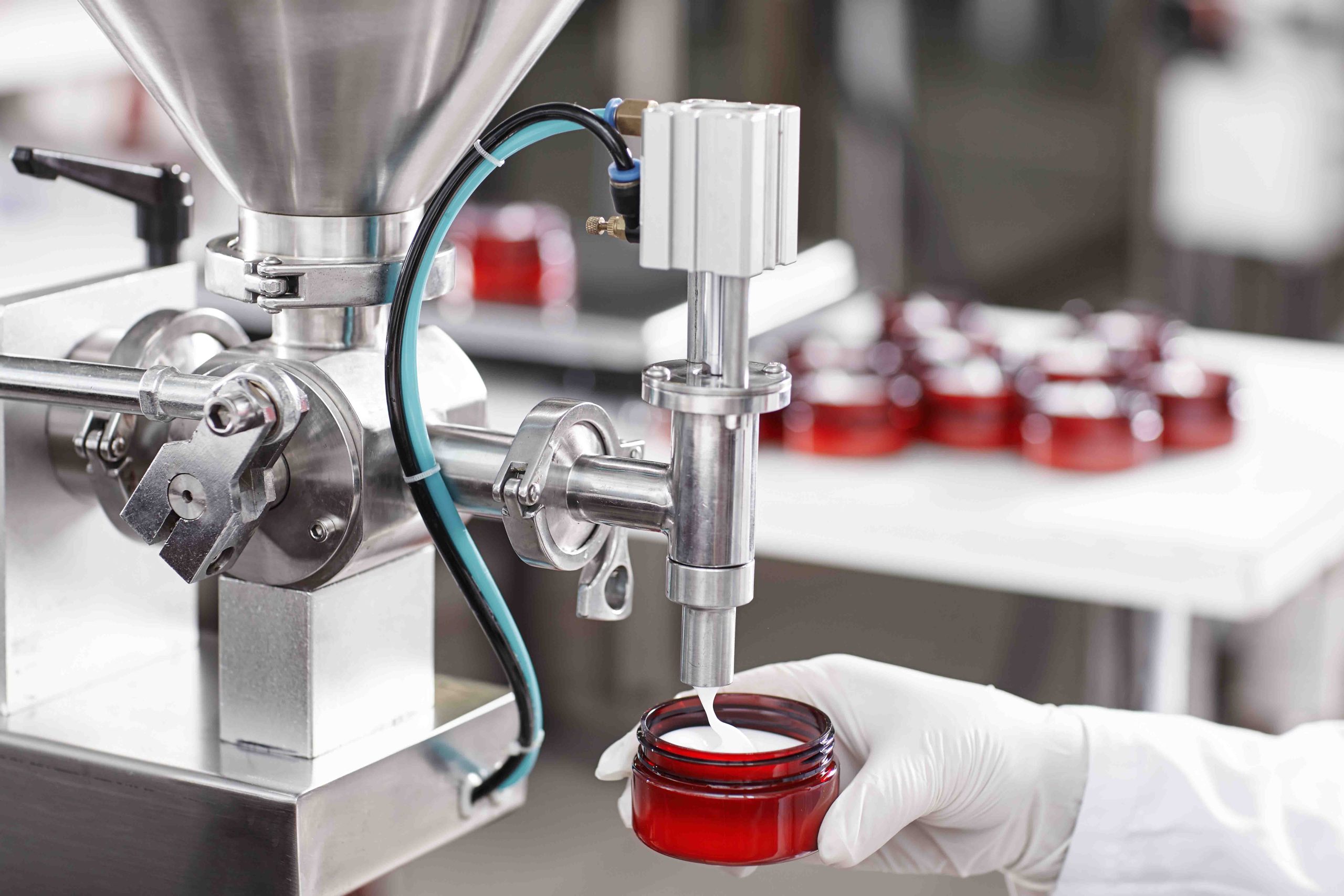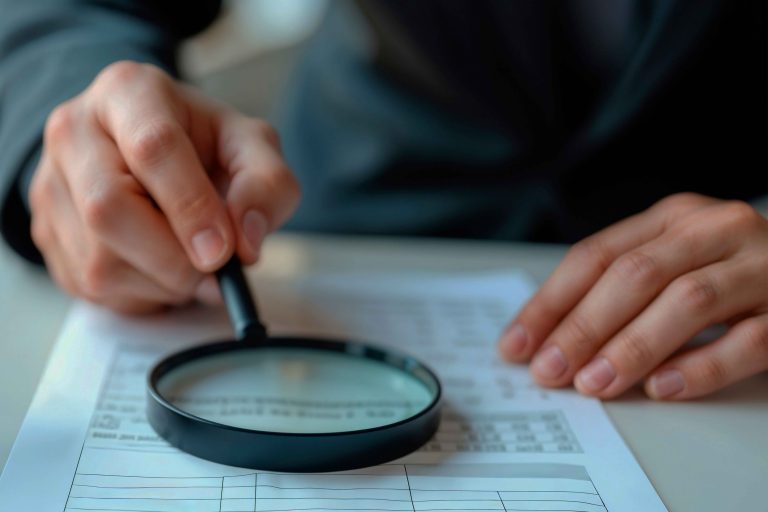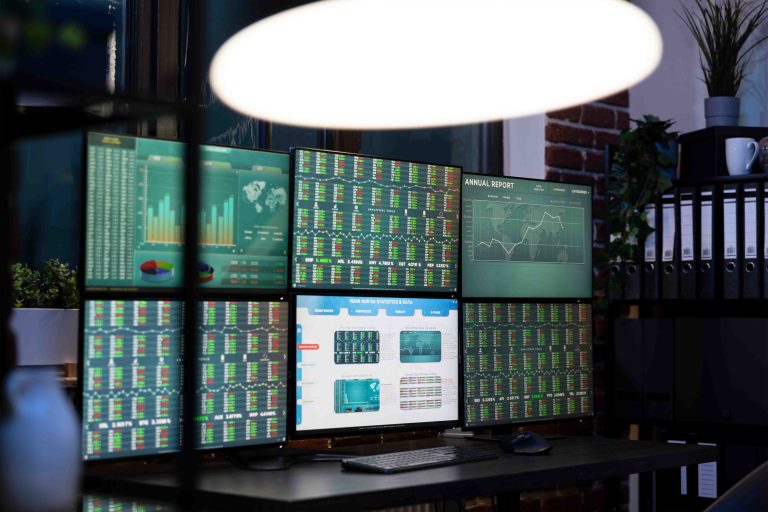Russia’s Cosmetics and Dermatology Sector: Evolution and Investment Outlook

In recent years, Russia’s dermatology and cosmetics industries have demonstrated a remarkable ability to adapt and recover despite the challenges faced by the Russian market, creating an attractive and promising environment for foreign investors. In the article below, we will break down the evolution of this sector, key trends, and the opportunities it presents for foreign investors.
Industry Overview: Performance from 2020 to 2022
Between 2020 and 2022, the Russian cosmetics market experienced a brief period of contraction. A decline of 2.6% in cosmetic product sales, from 3.49 billion to 3.40 billion units, was recorded. This downturn was influenced by demographic shifts and market saturation.
In early 2022, the imposition of western sanctions resulted in the departure of major international brands such as L’Oréal, Dior, and Estée Lauder. The resulting 25% reduction in product variety in retail outlets marked a turning point for the industry. However, rather than shutting down, the market responded with swift adaptation and restructuring, particularly through increased local production and alternative supply strategies.
Market Recovery and Growth Post-2022
By 2023, the market had not only stabilized but exceeded pre-sanction levels. Key performance indicators highlight the sector’s recovery:
- Total revenue reached 269 billion rubles in 2023, an 8.6% increase from the previous year, the highest ever recorded.
- Sales volumes rose to 3.8 billion units, reflecting nearly 9% growth year-over-year.
Growth was supported by:
- The legalization of parallel imports, preserving access to global products.
- The rise of domestic cosmetic brands, which filled the supply gap left by exiting companies.
- Localized manufacturing and reformulated international presence, allowing continued product availability under new market structures.
In Moscow only, cosmetics production increased by 17% in the first eight months of 2023 alone. National exhibitions like Moscow Beauty Week attracted over 60,000 visitors and more than 600 participating companies, showcasing the sector’s vibrancy and the government’s active support for industry development.
Evolving Consumer Preferences and Digital Acceleration
Market trends show a clear shift toward eco-friendly and vegan products, particularly among consumers aged 25 to 40. These millennials, now core market drivers, value sustainability, product quality, and transparency, and are willing to invest accordingly.
The sector also saw over 7 billion rubles invested in product innovation and development over the past year, reflecting growing market confidence and a drive for product differentiation.
Digital transformation is accelerating. Platforms like Wildberries and Ozon dominate online retail, while social commerce channels such as Telegram and VK are becoming vital sales tools for niche and emerging cosmetic brands.
Retail Landscape and Distribution Channels
Despite geopolitical shifts, the Russian cosmetics retail ecosystem remains strong and increasingly diversified:
- Leading retailers such as Magnit Cosmetic, L’Etoile, and Golden Apple continue to dominate the physical retail space.
- E-commerce now accounts for a substantial share of sales, with regional and independent brands gaining traction through digital storefronts.
- Localization efforts have stabilized product variety and availability, aided by state support and private reinvestment in domestic supply chains.
This transition from dependency on foreign brands to a more balanced, mixed-market structure demonstrates the sector’s maturity and preparedness for further expansion.
Institutional Backing and Sector Transparency
Russia’s dermatology and cosmetics industries benefit from active institutional oversight and support:
- The State Research Centre of Dermatovenereology and Cosmetology publishes annual data covering public health trends and clinical services.
- Local governments, such as the Moscow City Government, continue to invest in the sector, allocating over 170 million rubles for new production facilities aimed at boosting domestic capacity and reducing reliance on imports.
These factors contribute to a transparent, regulated, and investor-friendly environment for businesses entering the market.
Investment Outlook and Strategic Opportunities
Independent forecasts indicate strong growth potential. The market for beauty and personal care products in Russia is expected to grow by USD 3.1 billion from 2024 to 2029, with a projected compound annual growth rate (CAGR) of approximately 3.8%.
Opportunities for foreign investors include:
- Establishing local production through partnerships or greenfield projects.
- Launching or importing innovative product lines, particularly eco-conscious and dermatological offerings.
- Tapping into e-commerce and social commerce networks to reach specific consumer segments directly.
- Capitalizing on parallel import regulations, which support product continuity and brand relevance.
Conclusion
Russia’s dermatology and cosmetics sectors are well-structured and poised for sustained expansion. The industry has responded to external challenges by strengthening local production, refining consumer engagement, and adopting digital technologies.
At F&M Legal Services, we are ready to provide you with all the legal support you need to establish a presence in Russia and begin operations in this expanding sector.







